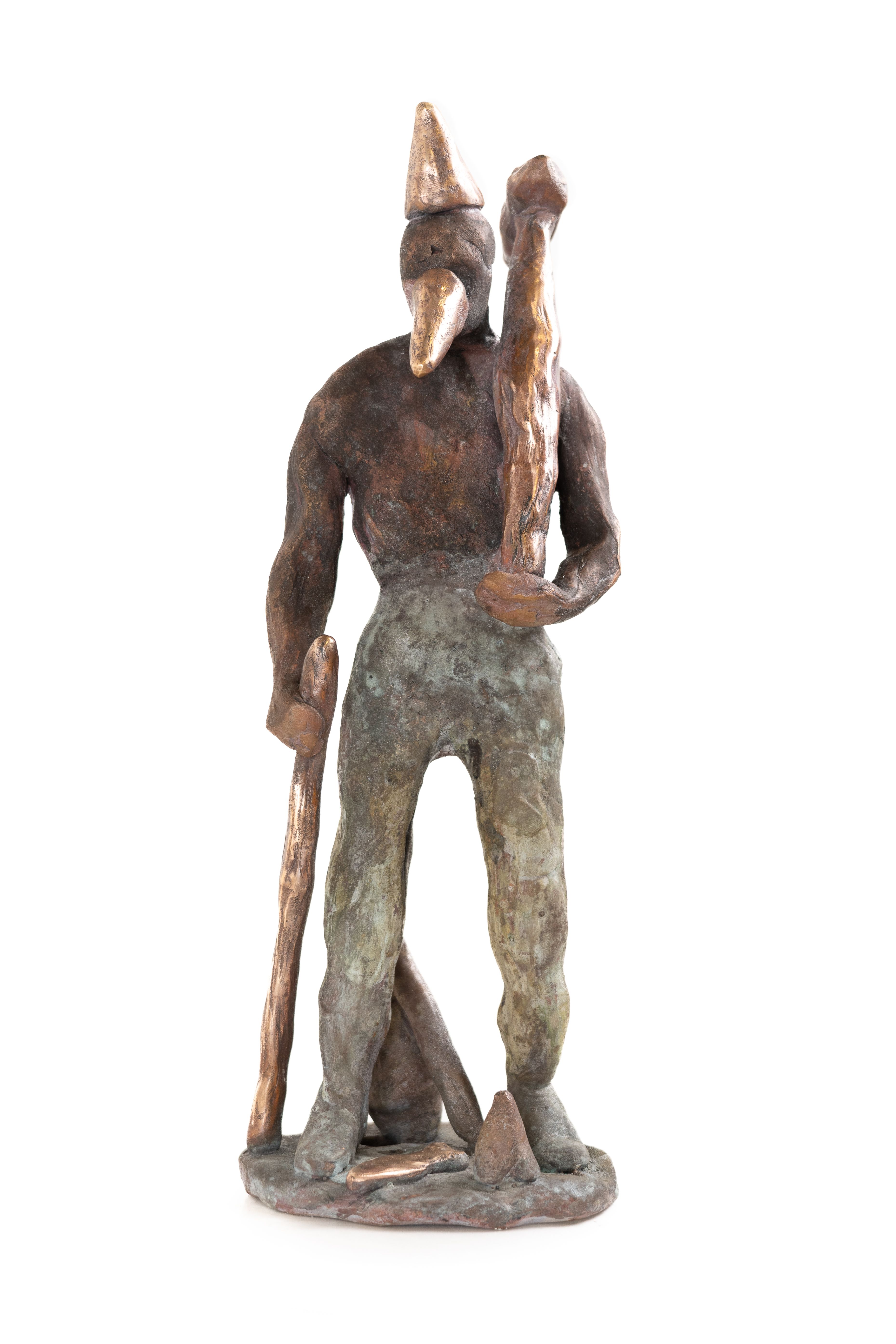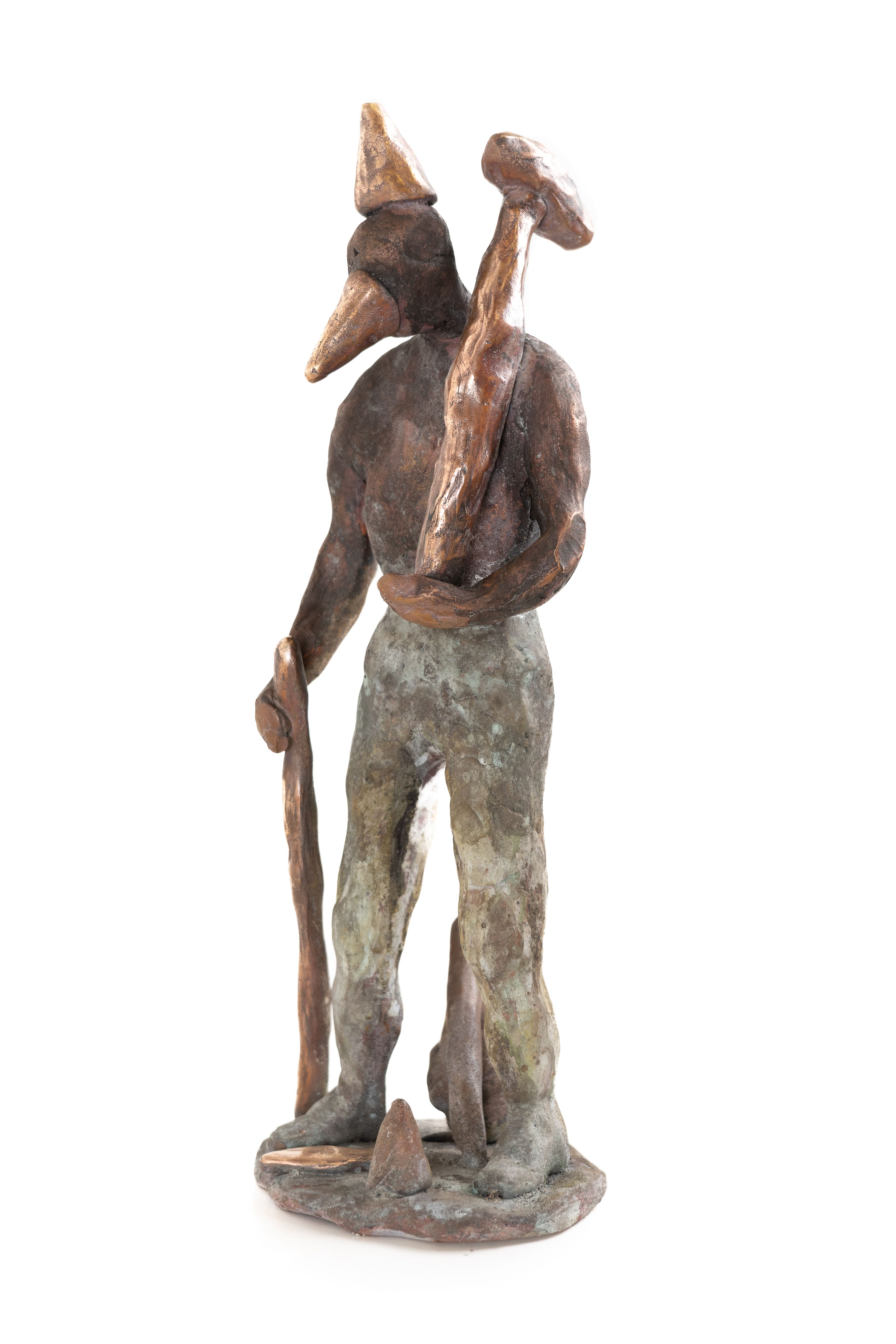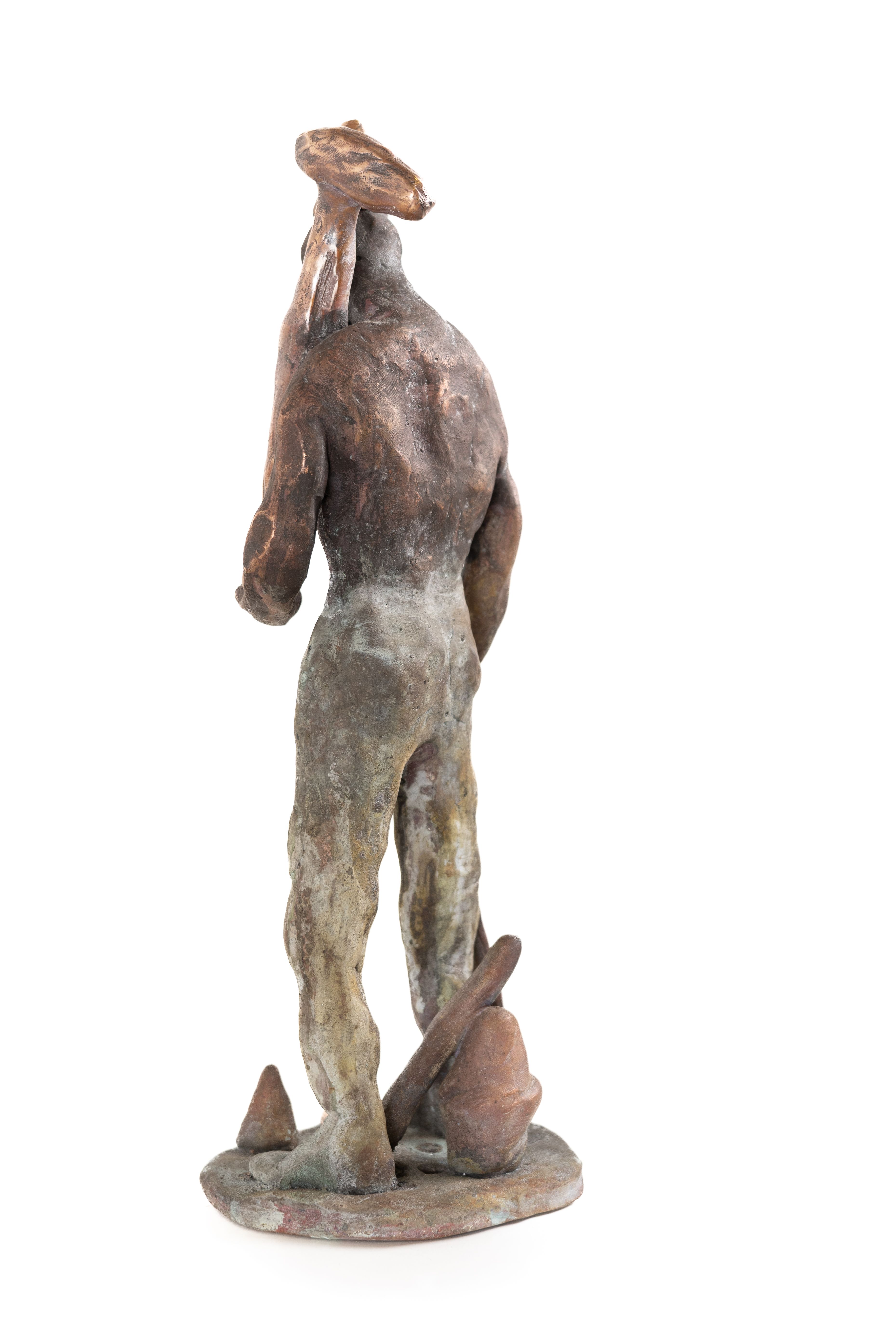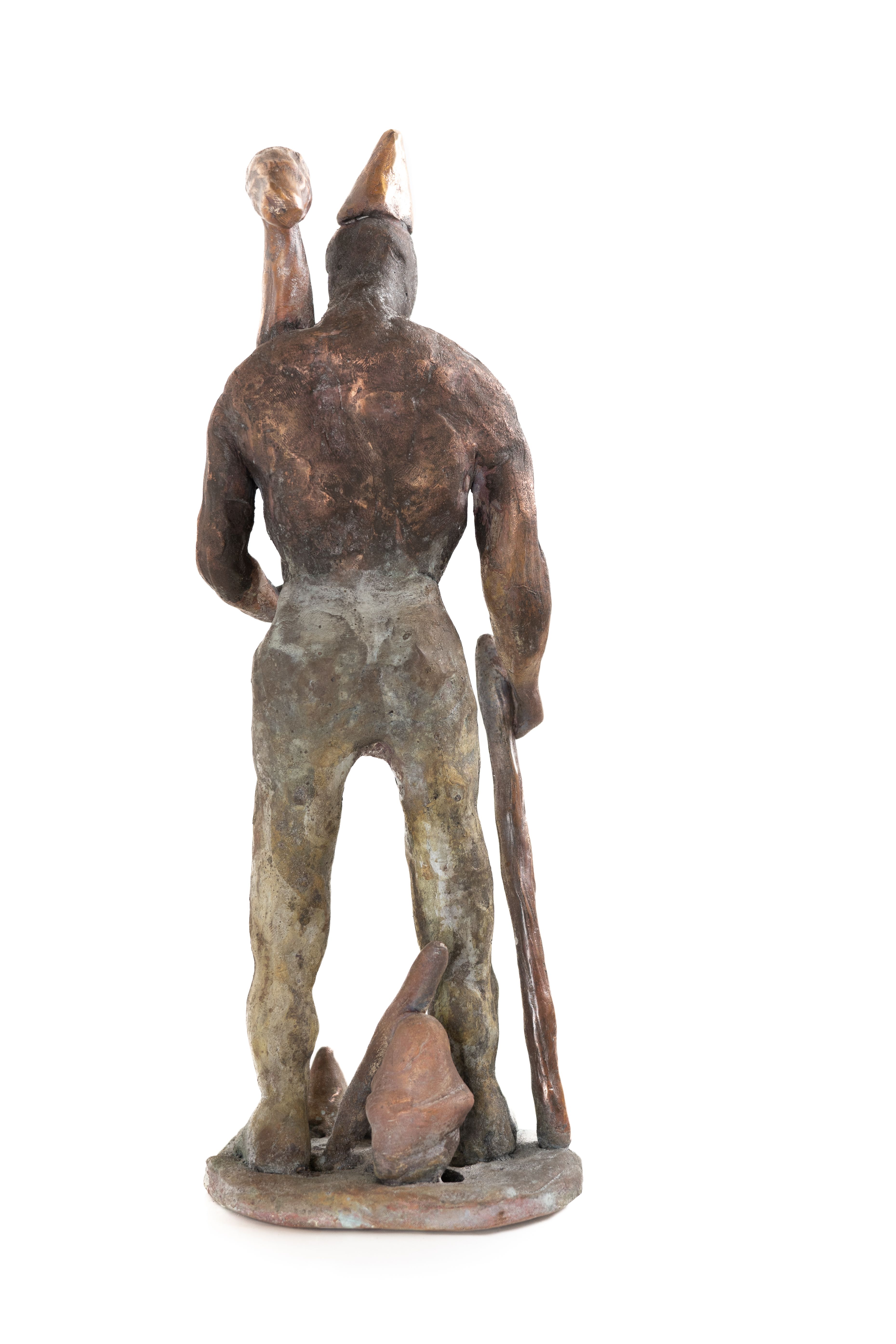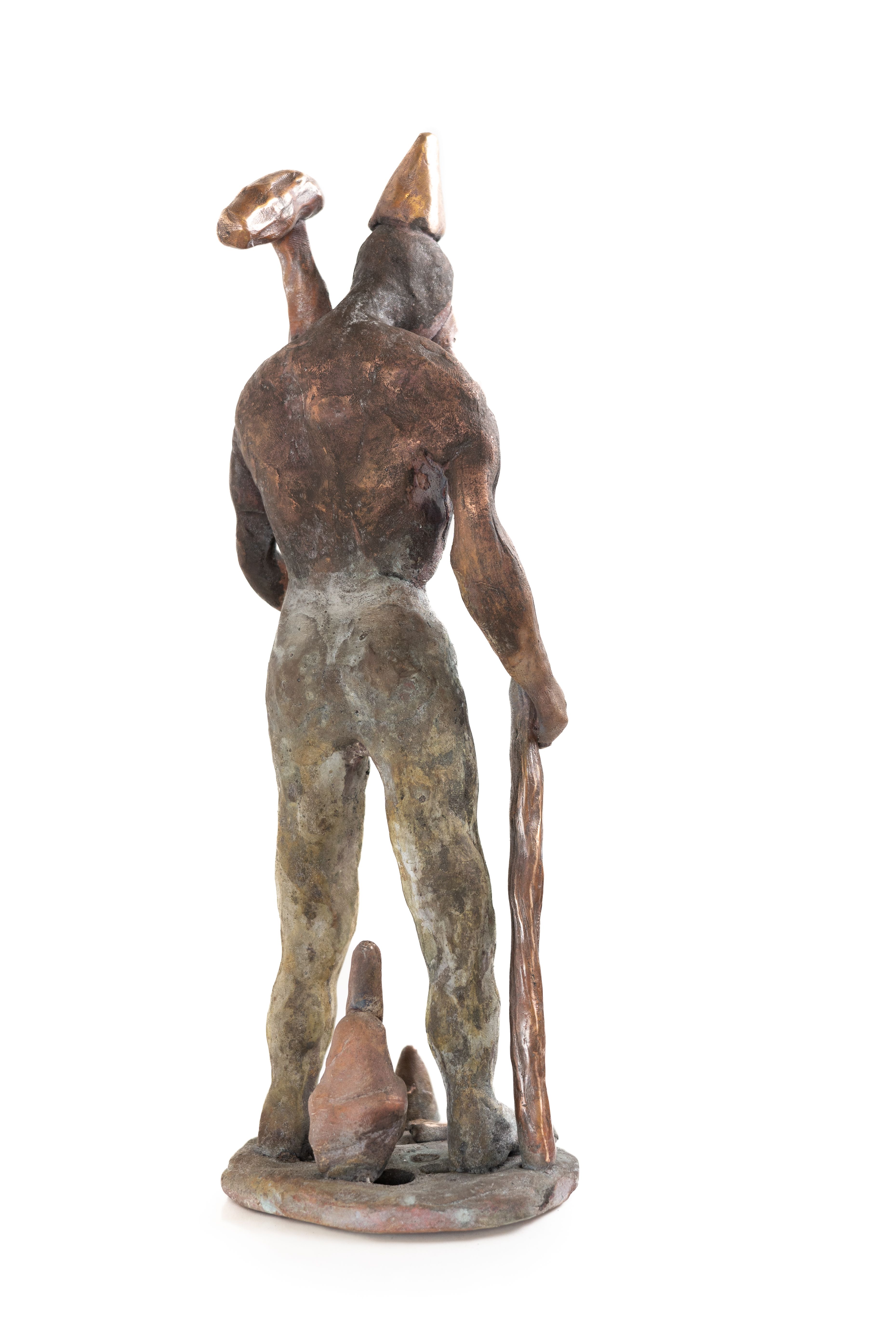
The concept of labour as a commodity was first explicitly stated in the 19th century. In the past years social media has seen a trend in videos showing brief fragments of labourers at work, performing repetitive, one could say inhumane/robotical tasks that are likely performed for hours on end. These videos go viral due to their content and the use of soundclips that are currently popular. The efficiency with which is worked is celebrated and the life circumstances to which the depicted persons are subjected is seldomly questioned. Social media is for many a source of entertainment, not a place to grow hopelessness for the worlds injustices. Computer games have grown to become an overwhelmingly popular mainstream pastime over the past 30 plus years. The gaming industry has grown to overtake the movie industry in revenue and game developers have shown steadily that their entertainment medium innovates more than most other. There are countless games (simulators, action games, first person shooters, strategy games, survival games...) that set you up with the task of survival in vast fictitious landscapes such as deserted islands or post-apocalyptic barren lands. To give an example, you start off as a lone survivor struck by amnesia, you begin your journey by picking up a rock as your first tool or weapon, you acquire skills, you grow your capabilities and strength, you build shelters, create complex tools to evolve from neolithic practice all the way to assembling makeshift machine guns from scraps of metal from left behind by a past civilisation - in a matter of hours. These types of games show human kinds phantasies of escaping to simpler yet obviously harsher times, but also, perhaps unwillingly, pay tribute to labour and time invested, in a purely escapist form.
The 9 bronzes shown depict figures that cannot be culturally allocated. Each figure, in their own way, shows fatigue in their posture, however they are standing, somewhat proud, unwilling or unable to give up. They carry and hold objects, perhaps tools, that cannot be identified, which provoke a sense of survival, perhaps lust for toolmaking, which connects to the previously mentioned escapist fantasy of survival.
The bronzes symbolise an ambivalence between simulated joyous labour as an escapist fantasy and fatiguing or even torturous labour, as enjoyed by its consumers. Just as social media platforms like instagram are extremely plural, so perhaps do these figures attempt to encompass both pleasure and pain. The figures do not intend to politicise, however in contrast to their emotionalised representations they are deeply social and political.
I have been fascinated by the Nuragic civilisation since a visit to Sardegna and thus in a further rather playful step in addition to the 9 bronzes I fed photographs of the figures in to an AI image generator using the simple prompt 'bronze statue' to see what the results might be. Knowing these image generators feed off of publicly available images spread through the internet I knew this would instantly place them in a digital historical context, dreamt up by an AI. Not to my surprise the resulting images show global cultural influences in form of motifs on armour that the figures are now dressed with, they carry and hold weaponry and decorative hats. The figures generated by the AI are obviously warriors, not labourers.
